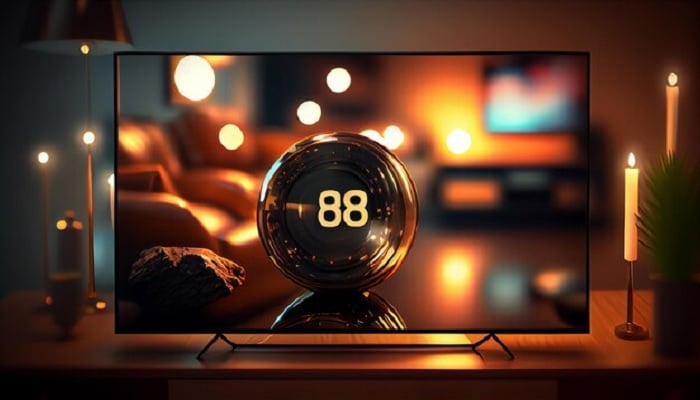
As a result of the boom in the realm of display technologies, a plethora of screens with LED displays — particularly with QLEDs and OLEDs — has appeared on the scene, be it a mobile screen or a TV screen.
Modern TVs utilise LED displays as a source of light behind the screen and utilise an LCD to control where light appears on a screen. Premium TVs use two differing technologies to enhance your viewing experience: QLED and OLED
Since both QLED and OLED screens deliver immersive picture qualities, it’s hard to figure out what matches your needs more.
However, your preference should be driven by your needs.
Now let’s talk about why you should prefer a screen with QLED over one with OLED, or vice versa.
Difference between OLED and QLED
Why have an OLED screen
- One of the primary qualities of an OLED screen is its ability to produce true black. It’s each pixel produces its own light, making it capable of achieving complete darkness by just turning a pixel off.
- Plus its individual pixels can also generate realistic colours, and that’s why TV watching with OLDEs can stand parallel to the immersive experience of a theatre.
- OLED screens are significantly thinner and lighter than QLEDs.
- Moreover, there is no blooming because OLED screens lack a backlight. Another fascinating feature of OLEDs is that they appear better when you're looking away from the centre of the panel.
Why have a QLED screen
- While OLEDs easily beat QLEDs when compared in most aspects, QLEDs too have goodness of their own.
- The biggest advantage of buying QLEDs is that they’re less expensive than OLEDs. A premium quality 65-inch QLED TV can be bought for under $1,000, whereas an OLED TV of the same size will cost you around $2,000.
- A QLED screen can deliver significantly brighter picture quality, as its name suggests: Quantum Light-Emitting Diode (QLED), which means it uses tiny nanoparticles called quantum dots to overcharge its colour.
- These nanoparticles produce a colour spectrum which ensures the same colours and brightness as the one we experience with our naked eye.
- QLED TVs have been designed for use in all lighting conditions with technology to help absorb or redirect external light to reduce the reflections
- QLED technology is designed to be used in different lighting conditions. That being said, it can absorb external light or redirect it, leading to reduced reflections.
















